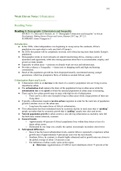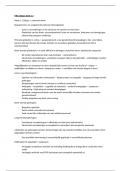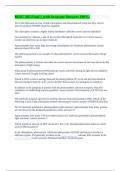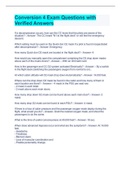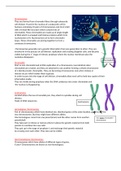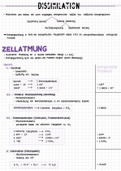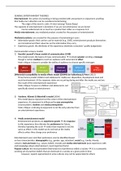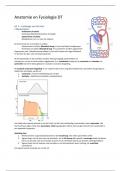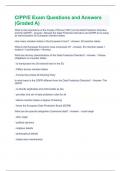Samenvatting
Summary Economy: Africa Week 11: Urbanization
- Instelling
- Universiteit Leiden (UL)
T.J. Moss and D. Resnick, ch. 11 “Demography Urbanisation and Inequality” in African Development: Making Sense of Issues and Actors, Rienner (2017) pp. 207-221. F.P. Yatta “Urbanization in Africa: Trends, Regional Specificities, and Challenges” in International and Transnational Perspec...
[Meer zien]
